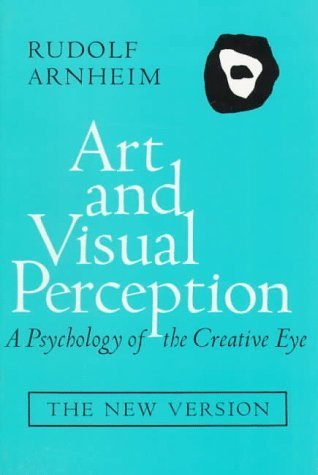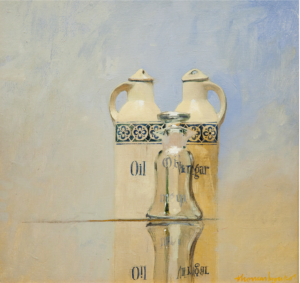
Art and Visual Perception: A Psychology of the Creative Eye
Rudolf Arnheim
Berkeley and Los Angeles: University of California Press, 1969
Since its publication in 1954, Rudolf Arnheim’s Art and Visual Perception (revised by the author in 1974) has been a classic in the way we perceive the world and create art. A Gestalt psychologist by training, Arnheim applies a scientific perspective to art. His work teaches us in no uncertain terms that vision is more than what strikes the eye, since “vision is not a mechanical recording of elements but the grasping of significant structural patterns.”
For instance, the frame of vision itself evokes in the viewer “the hidden structure of a square,” and “perceptual forces” that cause us to feel the tension and movement of static objects on a picture plane; what strikes our eyes at the time of observation makes contact with “memory traces of shapes” that we then conflate with what we see; we don’t always see what is present but what we want or need to see; and, just as nature strives for economy, so we strive to simplify what we see. Throughout this book, Arnheim offers penetrating analyses of specific works of art as they relate to his insights about perception.
Further Reading

